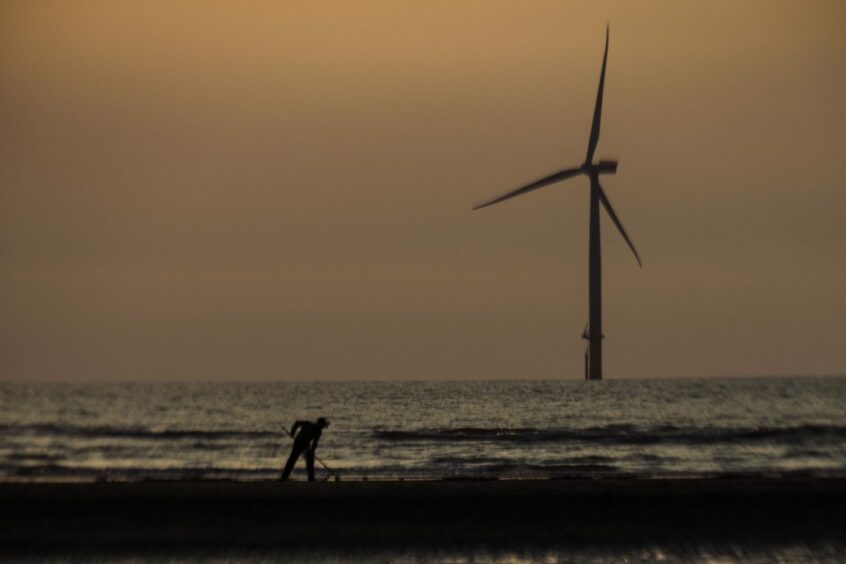
Fresh analysis has laid out plainly the mammoth cost increases swamping the world’s offshore wind industry.
Between the start of 2020 and March this year, the average price of seven metals key to the construction of turbines has risen by 93%.
Leading the way in cost increases is molybdenum – used to create the steel that holds turbines together – which has shot up by 285%.
And while the increase in other minerals, like zinc (23%), has been more modest, original equipment manufacturers (OEMs) are having to account for vastly reduced takings.
It is also forcing offshore wind developers to put the brakes on, at a time when net zero ambitions and soaring bills mean more is being demanded of the sector.
A total of 78 gigawatts (GW) of wind power capacity was added globally in 2022, the lowest level in the past three years, according to GlobalData Energy’s Adrian Mason.
The offshore wind sector is particularly susceptible to price increases given a sea situated turbine “requires a greater volume and variety of minerals” than those onshore, he added.
Analysts united in forecasts
Research consultancy Westwood Global Energy Group issued a note last week warning that inflation could cost offshore wind developers $280 billion over the next decade.
Moreover, around three quarters of respondents to a survey said they had begun to review the viability of their projects as a result of inflation.
A separate report from Moody’s, release in February, found that wind turbine manufacturers are struggling with margins, despite buoyant long-term forecasts for the sector.
Industry giants such as Vestas (CO:VWS), Siemens Gamesa and Nordex (DE:NDX1), are “struggling to achieve satisfactory profitability levels” in the face of rising interest rates and supply chain costs.
Higher prices for raw materials and energy, coupled with uncertain order intakes are a drag on the current credit quality of manufacturers and their suppliers, Moody’s said.
In mid-February the agency downgraded manufacturers Vestas and Flender due to what it described as “low profitability” and a belief it will take the companies longer than initially expected to restore margins.
Last year experts at Bracewell said the ballooning cost of raw materials will “definitely be a stumbling block” to the deployment of green energy projects.
Recommended for you

